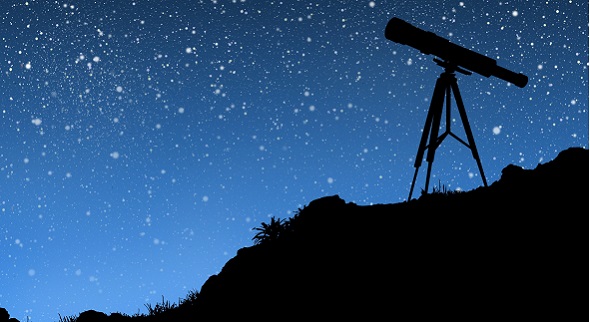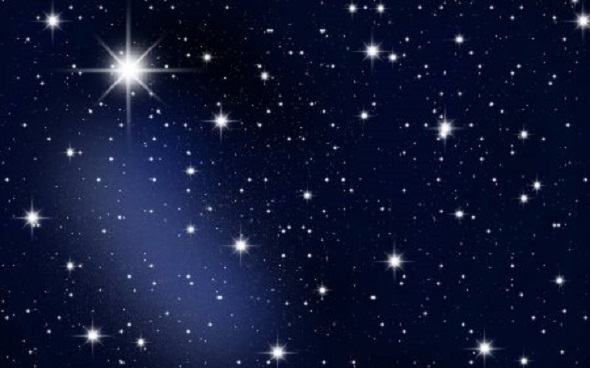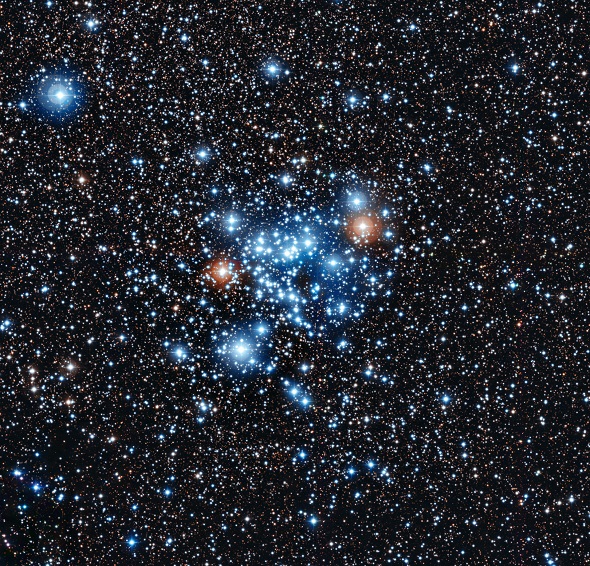American astronomers have discovered two stars that are more distant than they’ve ever been identified in our galaxy. The stars are located in the so called outer halo, ie the distant region of the galaxy, at distances of 775,000 and 900,000 light years respectively. The main diameter of our galaxy is about 100,000 light years. But around it there is a large spherical halo of scattered stars, surrounding the galactic disk and extends over distances of hundreds of thousands of light years. Many astronomers believe that this halo is created from the remnants of dwarf galaxies which occasionally were devoured by our own galaxy, but some crumbs from the meal did not lead to the main galactic disk, but at its periphery. Thus, these distant stars are the ghosts from past galaxies that were absorbed by our own.

The researchers, led by John Bochanski of Haverford College Pensilvania, made the publication in the journal Astrophysics Astrophysical Journal Letters, discovered two very cold distant red giants ULAS J0744 +25 and ULAS J0015 +01, which are about one third of the distance between our galaxy and the neighboring brother spiral Andromeda galaxy, which belongs to the same Local Group galaxies of our own. The two stars are located from Earth five times more than the Large Magellanic Cloud.

Until now, astronomers had detected only seven stars in the outer halo of our galaxy, at a distance of more than 400,000 light years. The red giant stars are much rarer than the red dwarfs, but the first is almost 10,000 times more luminous than the latter, which makes them easily detectable, even at very large distances.

It’s like looking for a needle in a haystack, except that in this case the needle is a red giant and hay are millions of red dwarfs, said Bochanski, whose team includes astronomers from the universities of Boston, of Michigan, the center for Astrophysics Harvard-Smithsonian and Dutch Astronomical Institute Kapteyn.

The distances of these two stars are so large that it is almost unthinkable. To get an idea when the light from the star ULAS J0015 +01 began its journey towards the Earth, our ancestors were just beginning to make their first fire, said the American astronomer.
By Nicole P.



